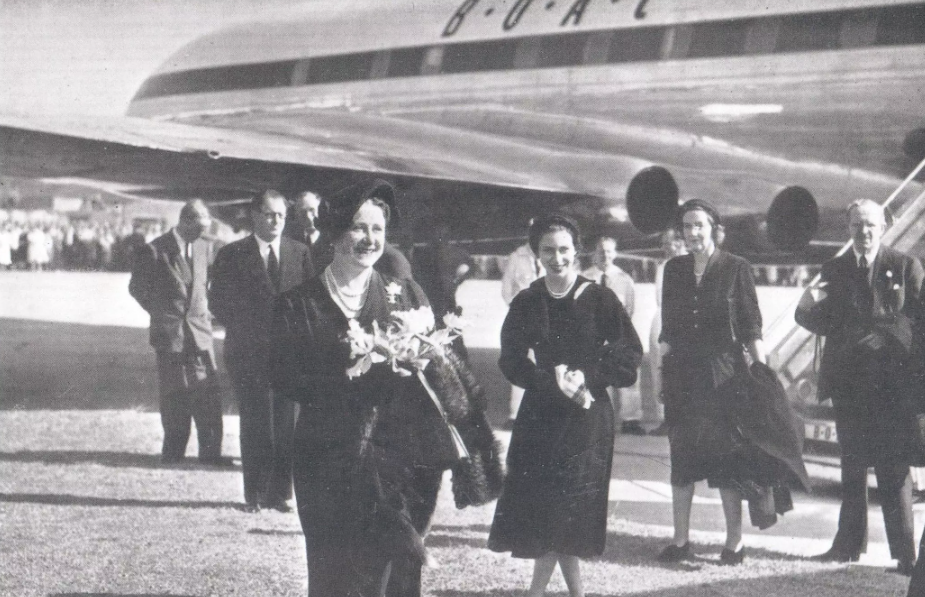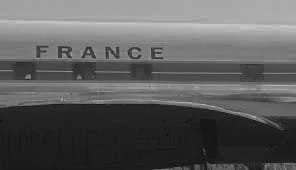Dawn of the Jet Age
British aviation manufacturer de Havilland made the first jet powered airliner called the DH.106 Comet (Comet 1)
It’s 1949 and the world has suddenly become monumentally smaller. The prospect of transcontinental and intercontinental travel has never been more inspiring. With the successful test flight of the British-engineered de Havilland Comet 1, civil aviation has endured a revolution, leaving behind the era of conventional piston-powered propeller aircraft, marked by inefficiency and discomfort. Most would refer to this as the dawn of the jet age, for civil aviation at least. However, the skies that once symbolised progress would bear witness to catastrophe, a mere four years after the plane was first paraded.
Britain’s traditional coal mining, shipbuilding, textiles, and steel industries which had laboriously powered its economy in the 1800s had withered. A failure to adapt to a rapidly changing world, fierce foreign competition, and plummeting demand left the nation backed into a corner. It needed a new symbol of innovation to reclaim its standing on the global stage.
The nature of the interwar years for the average Brit are often still disputed to this day. For history, and historians alike, to remember them as years of prosperity or poverty? What’s often undisputed however, is the change in British fortunes following WW2, which as it did for many industries, catalysed change. A new dawn was on the horizon, for the British engineering industry was finally poised to place itself at the apex on the world stage. Only, as history often shows, British tendencies of taking an early lead in a new industry before plummeting against its foreign competitors, would repeat itself. This time, it would never recover.
Following WW2, the West immediately found itself in the heat of a new war. A cold one. Contrary to expectation however, Britain’s fight in the civil aviation industry wasn’t against the Soviet Union, nor was it a parade of technological advancement in a rapidly evolving post-war world. Rather, their fight was against their American counterparts, where Boeing and Douglas had the civil aviation industry firmly cornered.
Most airline passangers were flying on these Douglas DC-3 piston-powered propeller planes
Thus, when the British engineered de Havilland DH.106 Comet (Comet 1) was first showcased at the 1949 Farnborough Airshow, the plane would have to be more than impressive. It would have to be something truly revolutionary to catch the eyes of the flying public, and ultimately, the world. Yet, it did. Being the first jet powered plane wasn’t merely a flashy term. Traditional piston-powered, propeller planes had reached the pinnacle of their efficiency potential. They were slow and insufferably uncomfortable, owing to the constant vibrations through the planes and inability to fly above turbulent weather. Jet engines on the other hand, allowed the Comet to fly faster, smoother, and higher than any civil airliner before it. With a cruising altitude of 40,000 feet and speed of 450mph, it could fly faster and further than any passenger plane before it, above the clouds, evading turbulent weather and making the entire travel experience one of luxury and comfort.
Even by modern standards, the Comet 1’s sleek, curved appearance with its four jets integrated into the wings makes it a compelling look. So it’s only worth imagining the impression it left on the world in 1949. It visually marked a new generation of aviation that all passengers could see with their own eyes. Consequently, this also made it a symbol of immense national pride for the British, who for the first time, appeared to be leading the way for a revolutionary era of civil and commercial aviation.
Queen Elizabeth, The Queen Mother, and Princess Margaret preparing to board a Comet in June 1953 - Comet 1 was a source of immense national pride
To the layperson, aircraft pressurisation might appear a daunting concept. Yet, when stripped down, it’s surprisingly simple, and crucial to understanding the Comet’s enduring legacy. When flying as high as a jet airliner does, the air is dangerously thin, and thus, making it impossible to breathe without assistance. To solve this, and amongst many other dangerous consequences, prevent those on board from developing hypoxia, the Comet was equipped with a revolutionary pressurised cabin. By sealing the aircraft and pumping it with compressed air as the plane climbed higher, passengers could enjoy a safe and comfortable atmosphere, akin to the oxygen levels at lower altitudes. It was a marvel of engineering for its time, which made high altitude travel possible, a principle so essential that to this day, every commercial aircraft remains pressurised.
Each time an aircraft takes off and climbs to cruising altitude, its cabin is pressurised to maintain a safe and breathable environment. Upon landing, that pressure is released. This cycle repeats with every flight, a perpetual cycle of expansion and contraction which incrementally wears and strains the fuselage, the body of the plane.
Comet 1 had unique square windows and its story is a vital lesson for why we don’t see this today
Whilst the Comet’s sleek, riveted, and chemically bonded aluminium fuselage allowed it to soar higher and faster than ever before, it also faced immense stress over the continuous and vigorous pressurisation and depressurisation every time it flew. Over time, these cycles weakened the thin metal of the fuselage, causing microscopic cracks to form and grow. Left unnoticed, these cracks could lead to catastrophic failure. It was a flaw that remained hidden in plain sight. Crucially, the Comet’s unique square windows would prove to be a deadly design flaw. At the sharp corners of these windows, stress from repeated pressurisation cycles built up, turning minor cracks into catastrophic failures. What was once a symbol of innovation would soon become a devastating lesson in aviation design.
Tragically, in May 1953, these design flaws were exposed for the first time, when a Comet flying from Calcutta disintegrated mid-flight. When a second Comet, BOAC Flight 781 exploded after taking off from Rome in January 1954, the once pride of British engineering was grounded. Following extensive pressure from BOAC to the British government to get the plane airborne again, the ban was lifted a mere 10 weeks after the tragedy, reflecting how the lives of the innocent were compromised for corporate profits and national prestige. Worryingly, we are yet to learn from these shortcomings to this day.
The desire to maintain Britain’s dominance in the skies overshadowed the need for caution. But the cracks, both literal and metaphorical, could no longer be ignored. When yet another Comet flying to Johannesburg disintegrated mid-flight, merely weeks after the ban was lifted, the illusion of innovation was shattered. This time, there would be no swift return. The Comet was permanently grounded following the revocation of its airworthiness certificate, marking a sobering reminder of the cost of placing pride above prudence. The Comet 1 never flew again.
70% of BOAC 781 was recovered and restructured for investigators to find the cause of the crash
Public faith in the Comet plummeted just as quickly as the excitement that once surrounded it grew. Even as de Havilland introduced corrected versions of the plane, the damage was done. Airlines and passengers alike were reluctant to trust the aircraft that had once promised a new era of flight. Meanwhile, American competitors Boeing and Douglas were firmly back in control, having capitalised from de Havilland’s mistakes and making their own jet airliners. Progress stems from acknowledging and rectifying failures, and both Boeing and Douglas privately admitted that had de Havilland not paid the price of innovation, they would have made the same catastrophic mistakes themselves. Consequently, the Boeing 707 and Douglas DC-8 swiftly swept up the mess and plugged the hole in the market that the Comet left.
Whilst the Comet 1 itself wouldn’t live for as long as a decade, it remained a staple for the development and safety of future jet powered planes, with the possibilities of these engineering advancements reaching remarkable heights within forthcoming generations. Its tragic fate served as a harsh but invaluable lesson, forcing the aviation industry to confront the unforgiving realities of jet powered flight. Though its time was brief, the Comet’s legacy endures, etched into the very foundations of modern aviation. It shall not be forgotten that despite its failure, de Havilland took the risk that illuminated the path forward and led the world into the jet age.





